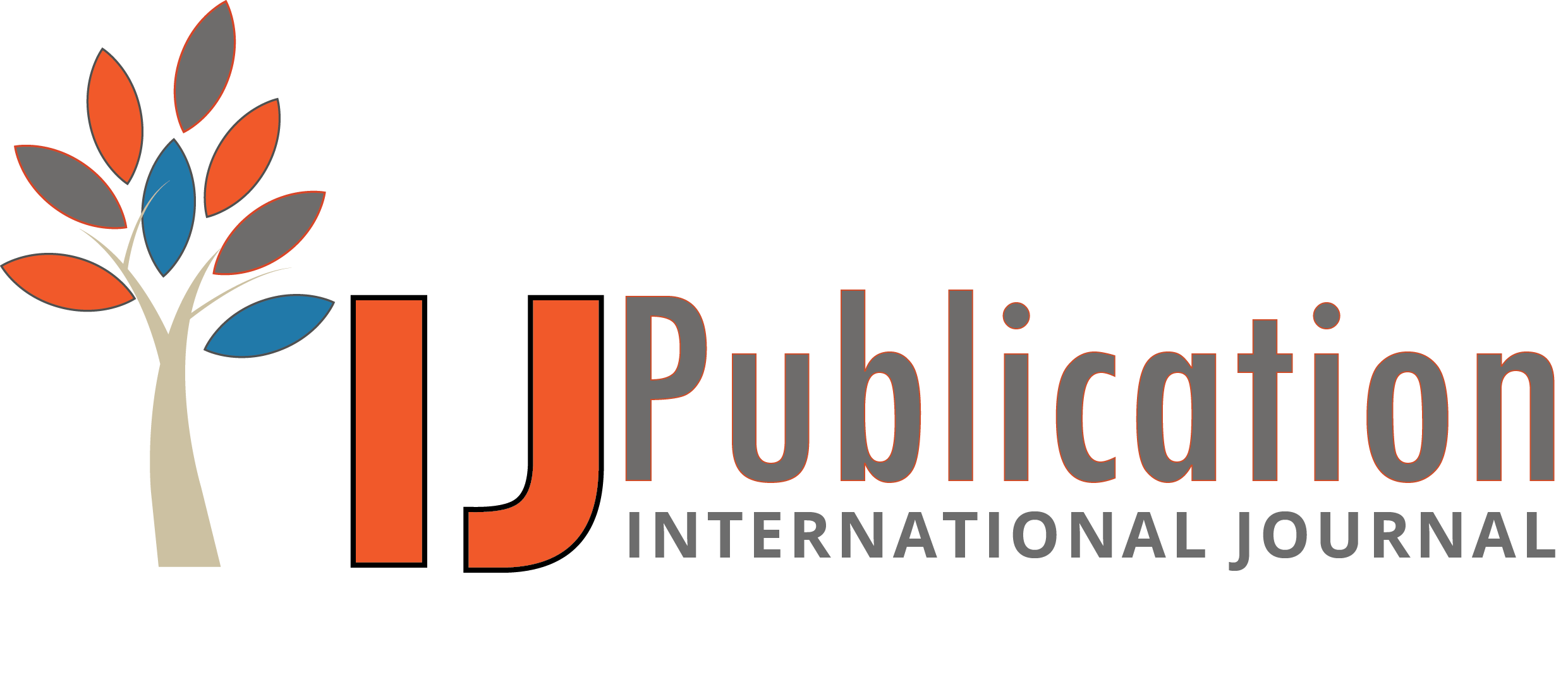Ramya Ramachandran Reviewer
16 Oct 2024 03:32 PM
 Approved
Approved
Relevance and Originality
This research article addresses a significant agricultural issue by focusing on disease detection in tomato crops, a critical component of the Indian economy. With tomatoes being a staple vegetable and a substantial contributor to agricultural revenue, the study's relevance is evident. The originality lies in its exploration of modern technologies, such as AI and computer vision, to enhance disease detection and classification. This innovative approach is particularly timely, given the increasing pressure on agricultural systems to improve productivity and sustainability in the face of climate change and resource constraints.
Methodology
The methodology employed in this study appears comprehensive, involving a range of advanced technologies for disease detection and classification in tomato plants. By integrating AI, IoT, and computer vision, the research outlines a modern approach to tackling the challenges posed by plant diseases. However, the paper could benefit from a more detailed description of the specific algorithms and techniques used in the detection process. Additionally, providing insights into data collection methods, including the types of datasets analyzed and their sources, would enhance the overall understanding of the methodology.
Validity & Reliability
The validity of the findings is supported by the incorporation of various technologies that have shown promise in agricultural applications. However, to strengthen the reliability of the study, it would be helpful to include validation techniques, such as cross-validation or performance metrics for the proposed detection methods. Discussing any potential limitations of the study, such as the types of diseases covered or geographical constraints, would also provide a clearer context for the applicability of the results.
Clarity and Structure
The paper is structured logically, guiding readers through the importance of disease detection in tomato cultivation and the technological solutions available. However, certain sections could benefit from clearer explanations, particularly when discussing technical concepts and methods. Simplifying complex terminologies or providing definitions for key terms related to AI and computer vision would improve accessibility for a broader audience. Additionally, visual aids, such as flowcharts or diagrams, could enhance the clarity of the methodology and findings.
Result Analysis
The analysis of results presents valuable insights into the advancements and challenges in disease detection for tomato crops. However, the paper would benefit from a more thorough discussion of the specific findings regarding the effectiveness of the proposed detection methods. Including quantitative metrics, such as accuracy, precision, and recall rates, would provide readers with a clearer understanding of the performance of the technologies discussed. Furthermore, suggesting practical applications of the research findings in real-world agricultural practices would enhance the relevance and impact of the study on stakeholders in the field.








Ramya Ramachandran Reviewer